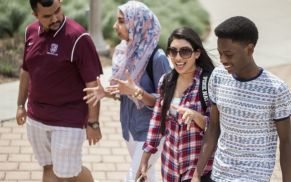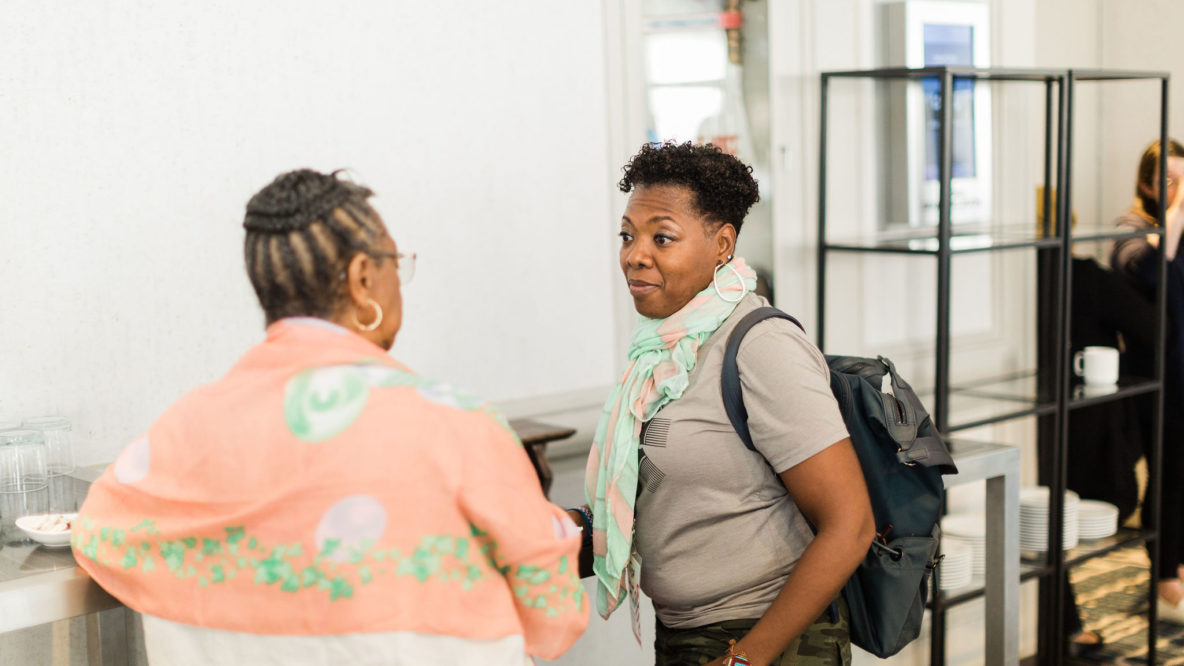Research
Innovative Campus Practices in the First Year Experience
This report walks through a student’s first year experience at fictional Interfaith University, highlighting both common practices and innovative practices that a student would experience throughout the academic year.
The Campus Interfaith Inventory (CII) is a confidential online tool that takes stock of a college or university’s policies, practices, and programs to foster interfaith cooperation. Since its launch in 2016, 285 campuses have completed the Inventory. The inaugural Inventory report, “A Snapshot of Promising Practices at U.S. Colleges and Universities” (2017) featured high-level trends from the field, alongside examples of how to go deeper in and expand interfaith work across the nine Leadership Practices for Interfaith Excellence in Higher Education. While the 2017-2018 Inventory data does reveal growth on a majority of campuses within the last year, most notably in interfaith assessment and the curriculum, many of last year’s trends still hold and “A Snapshot of Promising Practices at U.S. Colleges and Universities” remains a valuable reference.
Over half of Inventory respondents (55%) reported that they are planning to prioritize student leadership in their interfaith work this year, making it the most prioritized practice. The CII is built upon the knowledge that a focus on students’ interfaith learning and leadership development is more than programming; rather, it involves every aspect of the campus, from staff training, to welcoming policies, to campus-wide events.
This report walks through a student’s first year experience at fictional Interfaith University, highlighting both common practices and innovative practices that a student would experience throughout the academic year. Peppered throughout the report are IDEALS Top 10 Practices drawn from the report, “Best Practices for Interfaith Learning and Development in the First Year of College.” These practices are experiences and conditions that, according to the rigorous analysis of Interfaith Diversity Experience and Attitudes Longitudinal Survey (IDEALS), had a positive influence on students’ interfaith learning and development. The last page of this report is a worksheet that invites you to sketch out the worldview identity and diversity touchpoints a student may encounter in their first year on campus. As you identify those touchpoints that you want to strengthen, revisit the examples and models provided in this report to generate new ideas.

